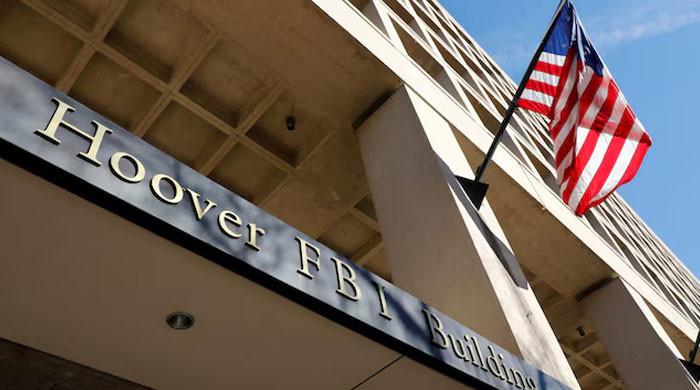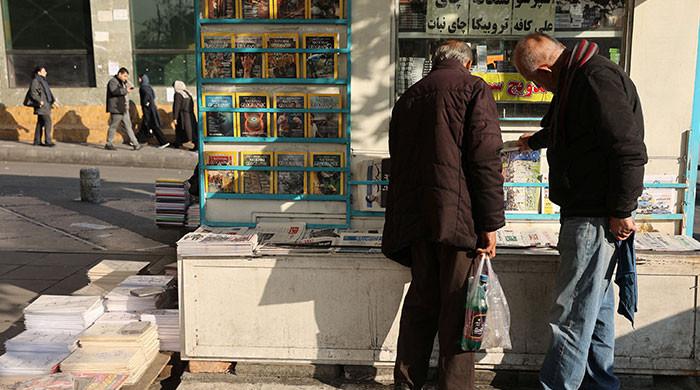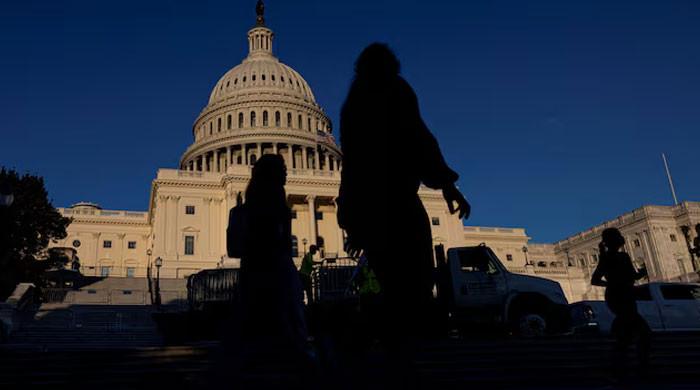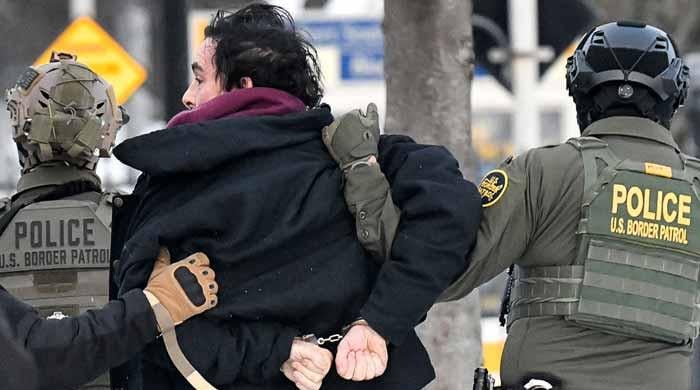US surpasses 700,000 coronavirus cases, Trump announces $19 billion aid for farmers
US coronavirus deaths topped 35,400 on Friday, rising by more than 2,000 for the fourth day in a row
April 18, 2020

The United States on Friday passed 700,000 confirmed coronavirus cases, according to a tally maintained by Johns Hopkins University.
With the highest number of cases and deaths of any country in the world, the US had recorded 700,282 cases of COVID-19 and 36,773 deaths, according to the Baltimore-based university.
That marked an increase of 3,856 deaths in the past 24 hours, but that figure likely includes "probable" virus-linked deaths, which had not previously been counted.
This week, New York City said it would add 3,778 "probable" virus deaths to its official count.
The US Centers for Disease Control and Prevention gave a toll Friday night of 33,049 dead, including 4,226 probable virus-linked deaths.
The United States has seen the highest death toll in the world in the coronavirus pandemic, ahead of Italy (22,745 deaths) although its population is just a fifth of that of the US.
Spain has recorded 19,478 deaths, followed by France with 18,681.
US announces $19 billion coronavirus aid for farmers
President Donald Trump on Friday announced a $19 billion relief program to help U.S. farmers cope with the impact of the coronavirus, including $16 billion in direct payments to producers and mass purchases of meat, dairy, vegetables and other products.
The US Agriculture Department is partnering with regional and local distributors to purchase $3 billion in such farm goods to be distributed to food banks, churches and aid groups as millions of Americans face unemployment with much of the economy shut down.
“American agriculture has been hard-hit, like most of America, with the coronavirus, and President Trump is standing with our farmers and all Americans to make sure that we all get through this national emergency,” Agriculture Secretary Sonny Perdue said at a White House news conference.
The agency said it will make monthly purchases totaling about $100 million each of fresh produce, dairy products and meat products. Perdue said USDA will work with companies like Sysco Corp to help procure, package and distribute food boxes.
Long lines have formed at US food banks in recent weeks.
Farmers and ranchers have struggled to get their goods to market because of disruption caused by the pandemic, forcing some to throw out food and call for government help.
“Having to dump milk or plow under vegetables ready to market is not only financially distressing but it’s heartbreaking as well for those that produce them,” Perdue said.
Direct payments will be sent “as quickly as possible” as farm commodity producers have experienced “unprecedented losses,” Perdue said, who hoped checks could be sent by the end of May.
The $16 billion in direct payments to farmers and ranchers will include $9.6 billion for the livestock industry — with $5.1 billion for cattle, $2.9 billion for dairy and $1.6 billion for hogs, according to a statement released late Friday by US Senator John Hoeven of North Dakota, chairman of the Senate Agriculture Appropriations Committee.
In addition, $3.9 billion will be paid to row crop producers, $2.1 billion for specialty crop farmers and $500 million for other crops, according to the statement. The payments are capped at $250,000 per individual farmer or entity.
The Renewable Fuels Association (RFA), which represents corn-based ethanol producers that have suffered due to lack of demand for motor fuels as Americans stay home, was quick to criticize the package.
“USDA missed a crucial opportunity to lend a helping hand to an industry that is suffering the worst economic crisis in its history,” RFA President Geoff Cooper said in a statement.
Perdue acknowledged that constituents may consider the direct payments “insufficient” and said USDA is trying to cover “small farmers as well as larger farmers.”
Funding for the immediate aid program will be pulled together from a number of sources, including recent coronavirus-related aid laws passed by Congress and other funding authorities that USDA has access to, according to Perdue.
But going forward, he said, “I anticipate we will need additional money.”










